Lapis Specularis: the Roman glass journey
Cuenca
Ercávica

Ercávica

Ercávica
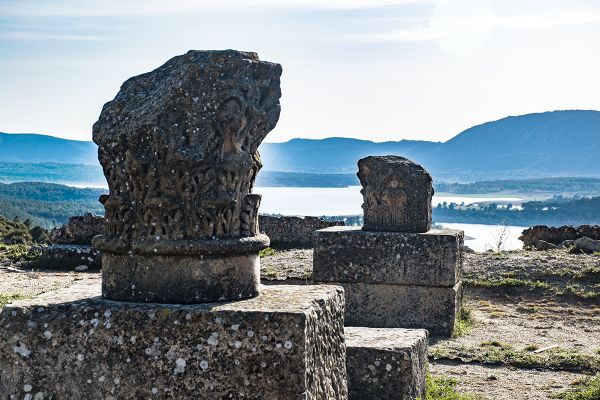
Ercávica

Ercávica
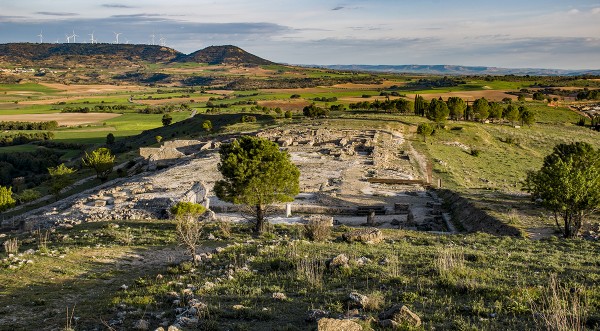
Ercávica
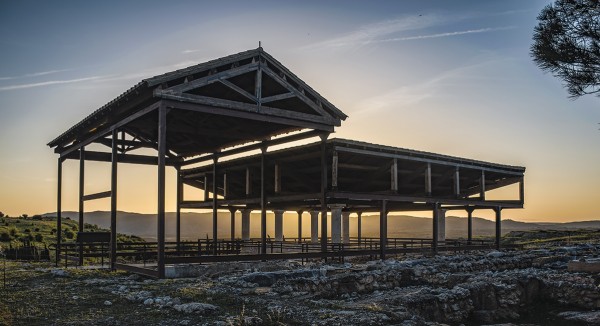
Ercávica
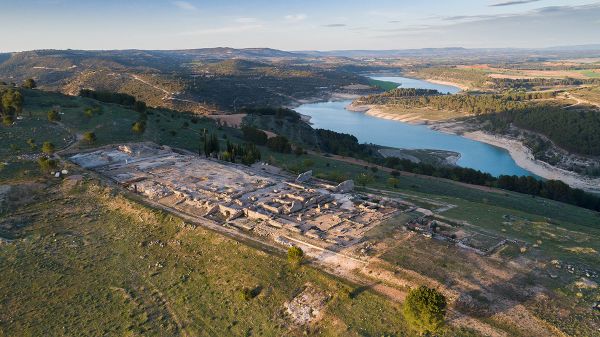
Ercávica
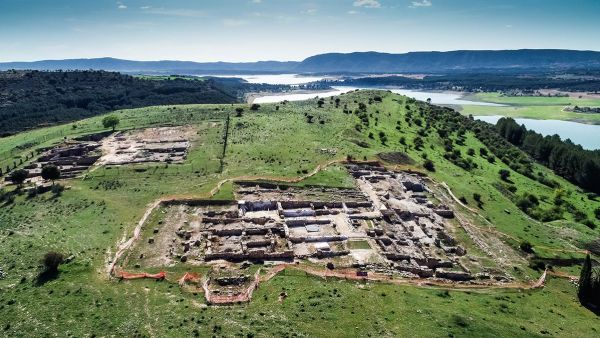
La Mora Encantada (Torrejoncillo del Rey)

La Mora Encantada (Torrejoncillo del Rey)
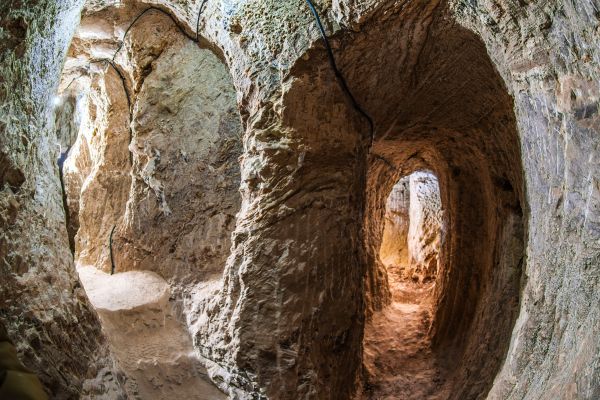
Lapis Specularis
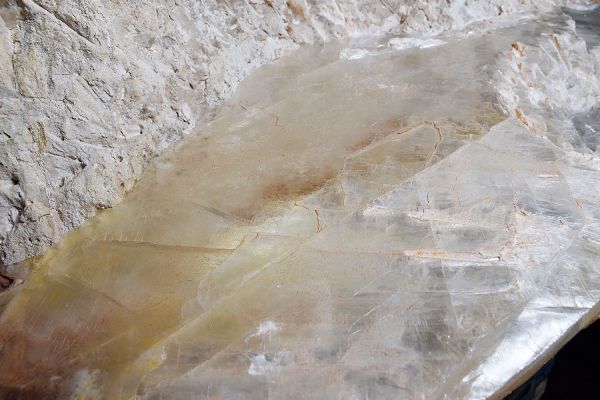
Sanabrio Caves, Saceda del Río (Huete)

Sanabrio Caves, Saceda del Río (Huete)

Sanabrio Caves, Saceda del Río (Huete)
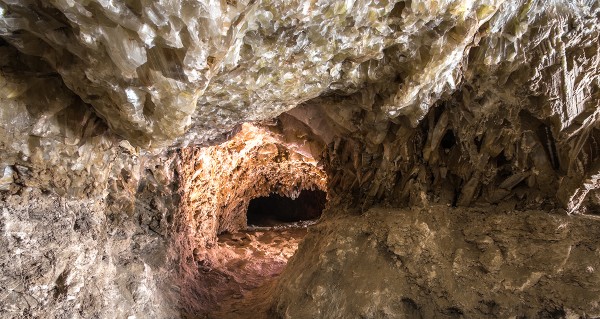
Sanabrio Caves, Saceda del Río (Huete)
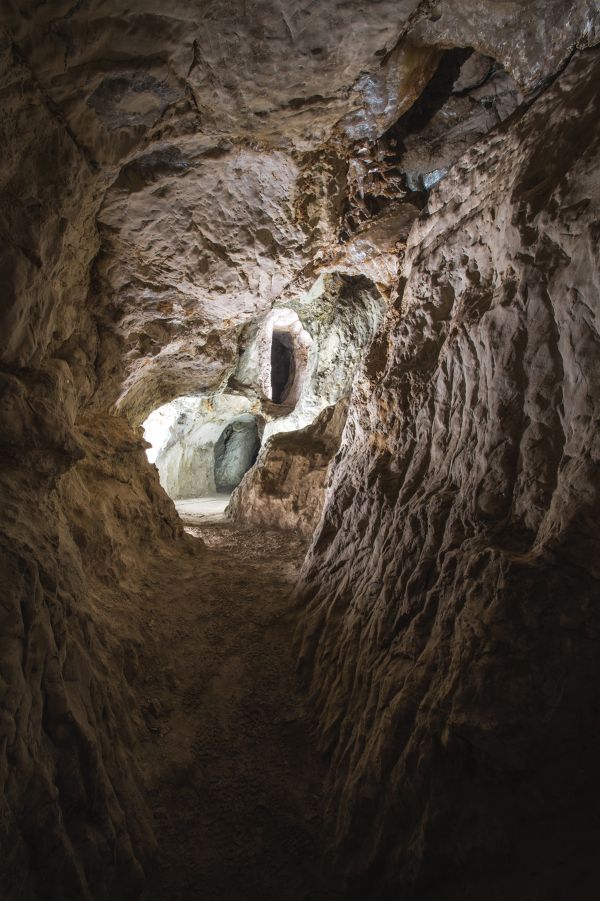
Osa de la Vega
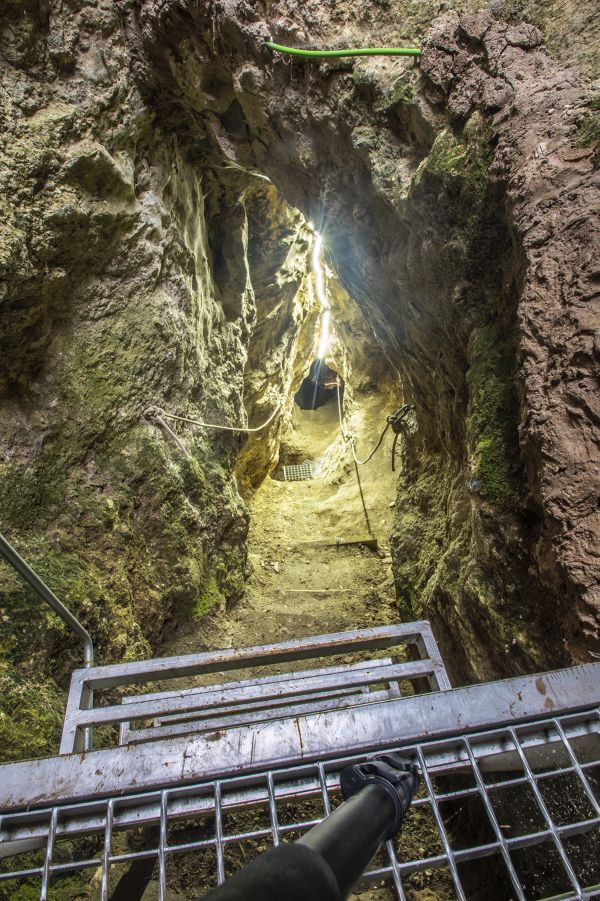
Sanabrio Caves, Saceda del Río (Huete)
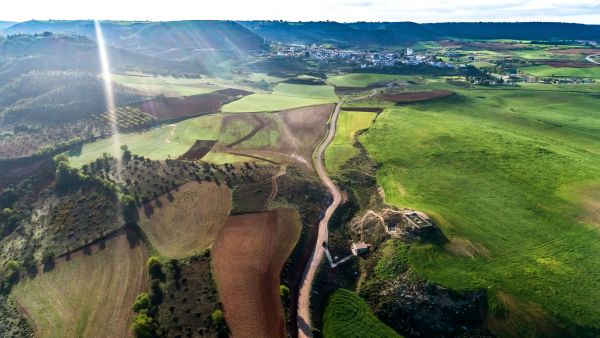
Sanabrio Caves, Saceda del Río (Huete)

Sanabrio Caves, Saceda del Río (Huete)
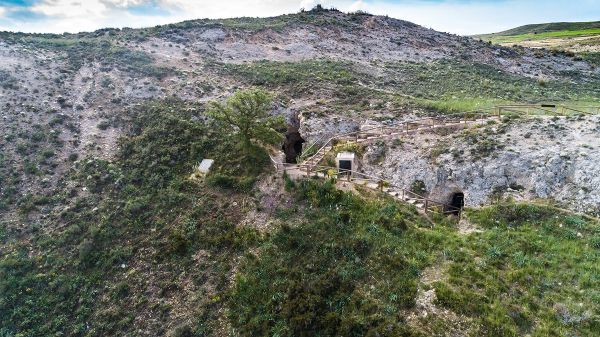
Segóbriga
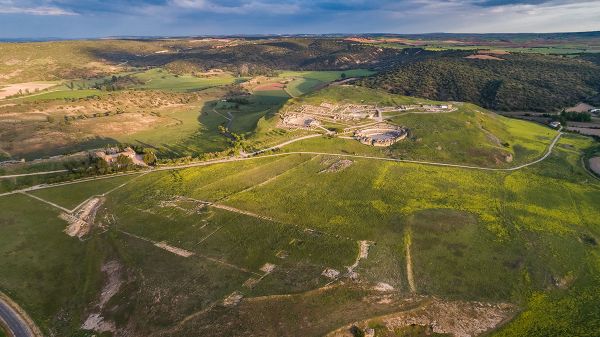
Segóbriga
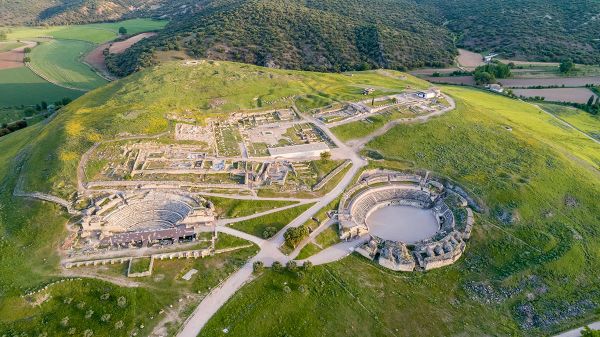
Segóbriga
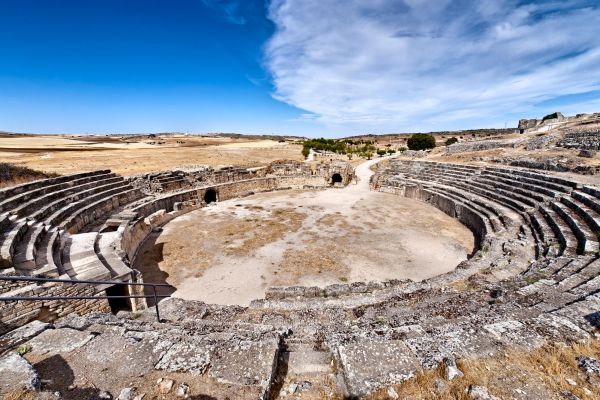
Segóbriga
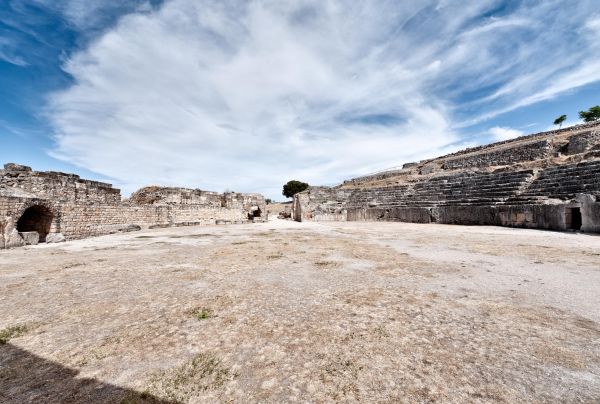
Segóbriga

Segóbriga
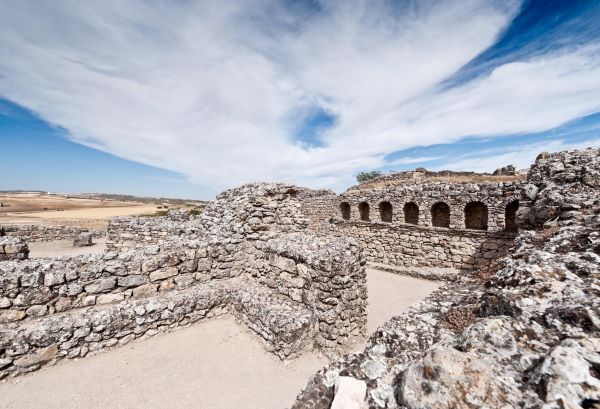
The lapis specularis (mirror plaster or stone, popularly known as ‘eyeglass’) is crystallised plaster that the Romans used mainly as glass: it was used for Roman windows.
Its name comes from its main characteristic, letting light through so you can see through it. According to Pliny the Elder, the best lapis specularis in the whole Roman Empire was found 100,000 steps (147 km) from the city of Segóbriga (Saelices, Cuenca).
This mineral was the economic engine for the whole region for almost a century and a half.
The network of roads around Ercavica-Segóbriga-Carthago Nova channelled the production and trade in lapis specularis from the mountains to the Mediterranean.
Following in the footsteps of Roman glass, we cross the province of Cuenca from north to south through the Cuenca-based parts of Alcarria and La Mancha. Our on way, we come across 20 mining complexes, some of which were operating for centuries. The GR-163 road, known as the “Roman Spain Glass Route”, overlaps slightly with this journey, and goes from Ercávica to San Clemente.
The mines in question are always underground, generally in shallow areas, which don’t go more than 30 m below surface level. The galleries are generally reduced, with a frequency below 1 m2, although there are often chambers that are sometimes several metres high. The original access to the mines is via shafts and tunnels. However, access today is more commonly through natural entries, following the collapse of galleries or chambers.
From the city of Ercávica (in Cañaveruelas, on the shores of the Buendía lake), we know about the appearance lapis specularis in its spas. The visitable site clearly shows traces of a Roman city: a regular urban layout with the traditional orthogonal nature of the streets We don’t know when the city was founded, although it may date to the 1st century BC (and even to the second century BC), and the material remains recovered from the oldest part of the city correspond to the first century BC.
The city reached its peak in the early Imperial era (1st and 2nd centuries AD), during the boom of the lapis specularis industry. Ercávica slowly depopulated until full abandonment during the 5th century AD.
Contact telephone number: 949 20 18 11
Email address: amarzal@tragsa.es
Free entry
Length of visit between 40 y 50 minutes
Free guided visits during opening hours.
Sanabrio Caves Mine, in Saceda del Río (Huete).
The Saceda del Río complex is one of the 7 complexes located in the municipal district of Huete. The complex has 16 mines. 8 are accessible. There is also a processing centre in the heart of the complex. Its mines are easily accessible with horizontal entrances, strong structural stability and are easy to visit.
Tourist Office: 969 37 13 26
Email address: turismo@huete.org
Mina La Mora Encantada en Torrejoncillo del Rey.
Cerro de la Mora Encantada, Torrejoncillo del Rey, 16161 Cuenca.
Accessed from the A-40 motorway in Castilla-La Mancha (Tarancón – Cuenca). Exits 263 and 270 to Torrejoncillo del Rey.
Council telephone number: 969 27 80 07
Information line: 669 71 87 82
Email address: infoasociacion@lapisspecularis.org
30 km from Torrejoncillo del Rey, we reach Segóbriga, the epicentre of the whole trade involving the highly valued mineral. Lapis secularis appears, according to the writings of Pliny, to be the main driving factor behinds its development and growth.
Its strategic location between Cartago Nova and its connection to Toletum, the richness of its soil, mining and agriculture, were the reasons for its splendour.
Segóbriga even had a theatre, amphitheatre, used for large festivals, public baths, temples for the imperial cult, markets, etc. until it became a reference point in Meseta for Roman-style city life. Nowadays, significant, well-preserved remains of such greatness are still on display. The aqueduct, necropolis, city, theatre, wall and main door can be visited, as can the forum cryptoportico, the theatre springs, the basilica, forum, the basilica classroom, the monumental baths, the acropolis, the home of the mining attorney, the amphitheatre, circus and Visigoth basilica.
The Segóbriga Archaeological Park has a modern Interpretation Centre with a large car park, reception area, exhibition room and audiovisual room.
Contact telephone number: 629.75.22.57
Email address: segobriga@dipucuenca.es
Further information here.
La Condenada and La Vidriosa mines in Osa de la Vega
The lapis specularis mining complex in Osa de la Vega is one of the first mining complexes to be exploited in the 1st and 2nd centuries AD.
In the place called Las Horadadas, there is the visitable mine of La Condenada, part of a complex with 25 mines and a large development of shafts and galleries. A mine with almost 1 km of galleries. Its good state of preservation makes it a benchmark in Roman mining from ancient times. Its galleries still feature Visigoth burial areas, extraction tools and other items from the Roman era with a hardly unchanged morphology.
In another part of Osa de la Vega, at La Vidriosa, this visitable mine that owes its name to the site’s mineral is an interesting spot. The mineral was highly valuable due to its translucent qualities and for being a predecessor of glass.
Lapis Specularis Roman Mining Study and Interpretation Centre.
C/ del Agua, 4, Osa de la Vega – 16423 – Cuenca (Castilla-La Mancha)
Email address: lacondenada@lapisspecularis.org
Website: https://www.minalacondenada.com/
May also be of interest to you
Castilla-La Mancha Tourism in 2023. All rights reserved.

 365
365

